 Ben Wallace, secretary of defense, stated that the troop reduction is correct because otherwise they will be sent into battle with &# 39 ;Pitchfork' Credit: Caroline Chia/Reuters
Ben Wallace, secretary of defense, stated that the troop reduction is correct because otherwise they will be sent into battle with &# 39 ;Pitchfork' Credit: Caroline Chia/Reuters
Front lines will need fewer troops in the future due to the spread of AI, DoD insists.
In its updated Defense Command Document released Tuesday, the DoD defended its decision to downsize by nearly 10,000 troops, as outlined in its original version in 2021.
Learning from Russia's invasion of Ukraine, the Defense Ministry said the conflict would «change our thinking.» about the «size» of our Armed Forces.
The document outlines the expected future capabilities of the armed forces on the front lines, including the use of robots, human augmentation to improve the performance of soldiers, and weapons that use a laser or radio frequency to target opponents discreetly.
In the next issue In three years, the Ministry of Defense will also decide skills shortages in the digital, STEM, nuclear, space and cyber fields.
«Less people on the front lines»
«We may have fewer people on the front lines, but they are much more supported by a wider community of specialists,» says in the document.
“As we learn more from Ukraine about the changing nature of modern battles and explore the possibilities of artificial intelligence and automation, we will maintain the level of our forces as a whole at the levels announced in DCP21.”
Ben Wallace, Department of Defense Secretary of State, previously announced that by 2025 the number of fully trained soldiers will fall to a low of 73,000, down from 82,000.
Speaking before the release of the document, Mr. Wallace said it would be right to reduce the number of troops, because otherwise they would be sent into battle with «pitchforks» instead of high-tech weapons.
The document adds that manpower has been erroneously viewed for too long as a «performance measure» and «totem of our national military prowess.»
“In the coming decades, ships, tanks and aircraft in our strike groups, armored brigades and combat aviation squadrons will need fewer and fewer people, but this will not necessarily mean that our workforce will be smaller,” it says.
< p>«Our mass comes not only from the ships, tanks, and planes in our inventory, but also from the innovative systems we wrap around them and the cunning of those who operate them.»
The «superpower» of science and technology
The paper explains that the global technology landscape is more «complex and dynamic than ever.»
“We believe that one of the main discriminatory factors in both global competition and future wars will be the ability to control and use technology,” the document says, promising that the Ministry of Defense will become a scientific and technological “superpower.”
The Department of Defense has pledged to invest £30 million over four years in quantum technologies to detect threats in electric and magnetic fields in battlespace.
It also insisted that the conclusions drawn in the original 2021 command paper about the biggest threats facing the UK were correct.
“Russia was and remains the biggest threat to European security,” it says. «China's rapid military modernization and its growing assertiveness in the Indo-Pacific is indeed a growing challenge.»
As part of the DoD's promise to «inspire the youth,» it said it plans to increase the number of cadets in the schools. Throughout the UK there are now over 135,000 young people and nearly 26,000 adult volunteers in some 3,500 cadet units.
By April next year, the MoD intends to increase this number by 60,000 people. The paper cites an independent study from the University of Northampton that found that joining the cadets provided valuable life skills, adding that increasing the number of cadets would provide «more children in public schools with opportunities that have long been a hallmark of the independent sector.»
>

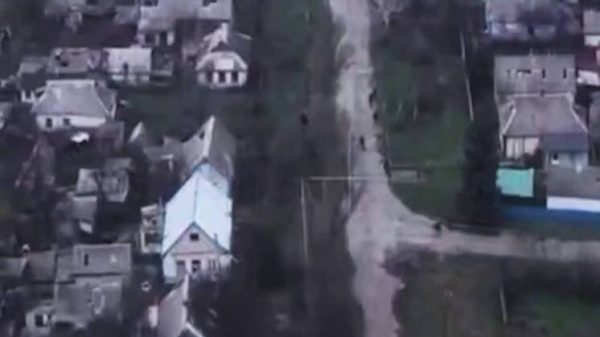



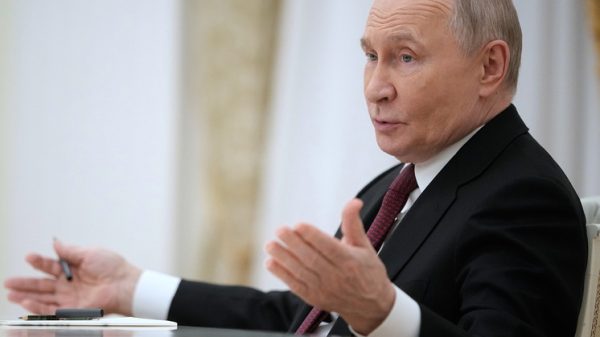




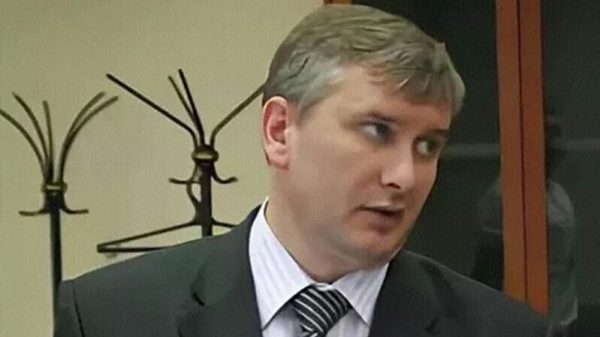

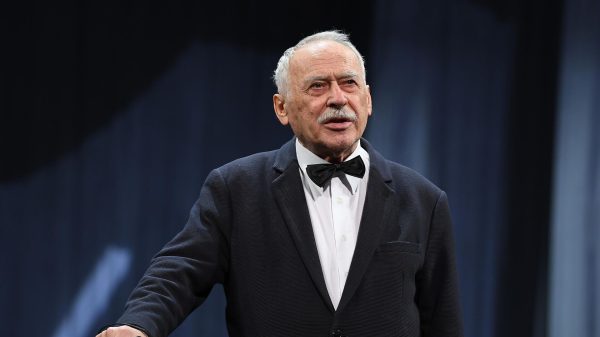


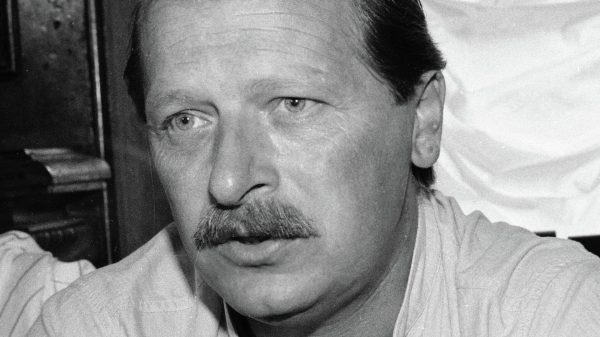


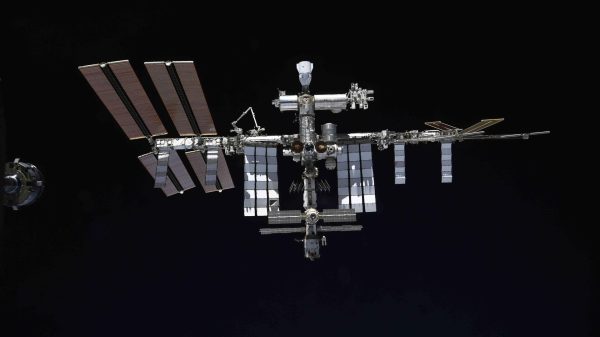


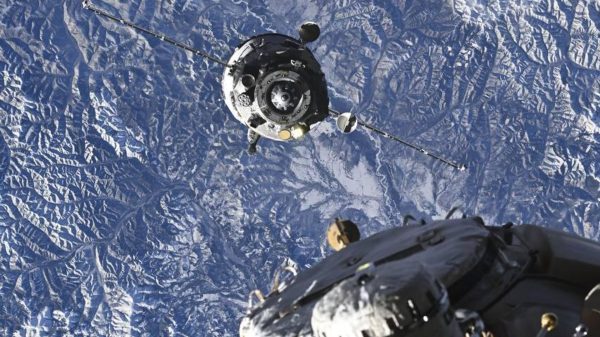







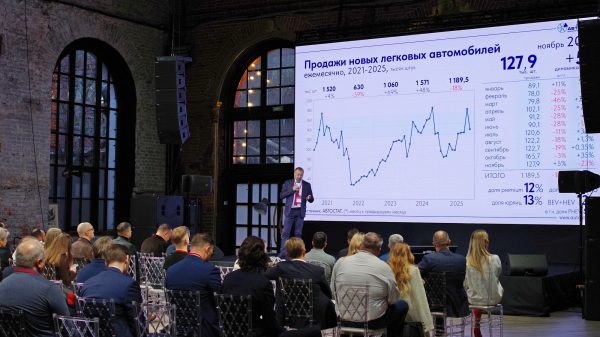



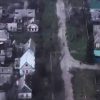




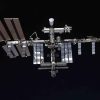













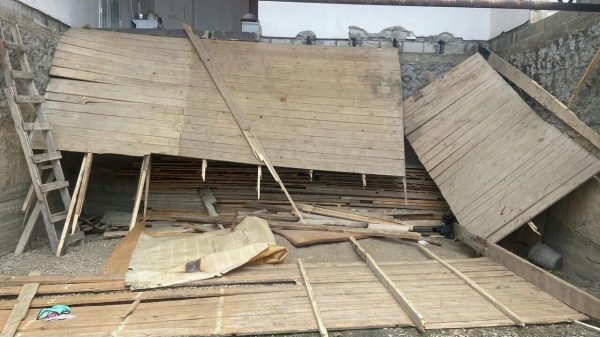
Свежие комментарии